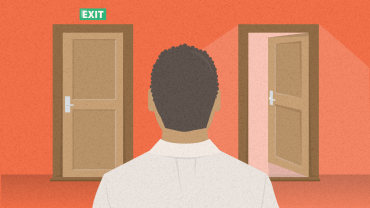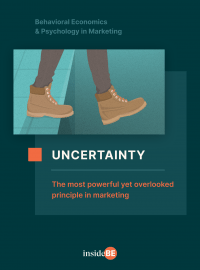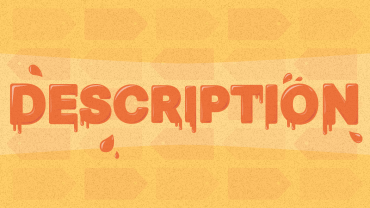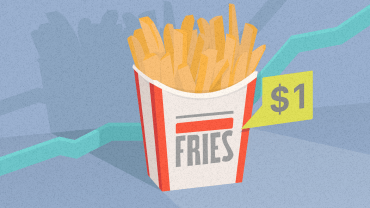Make Your Customers Stay: 6 Behavioral Tips to Increase Customer Retention (part 2)
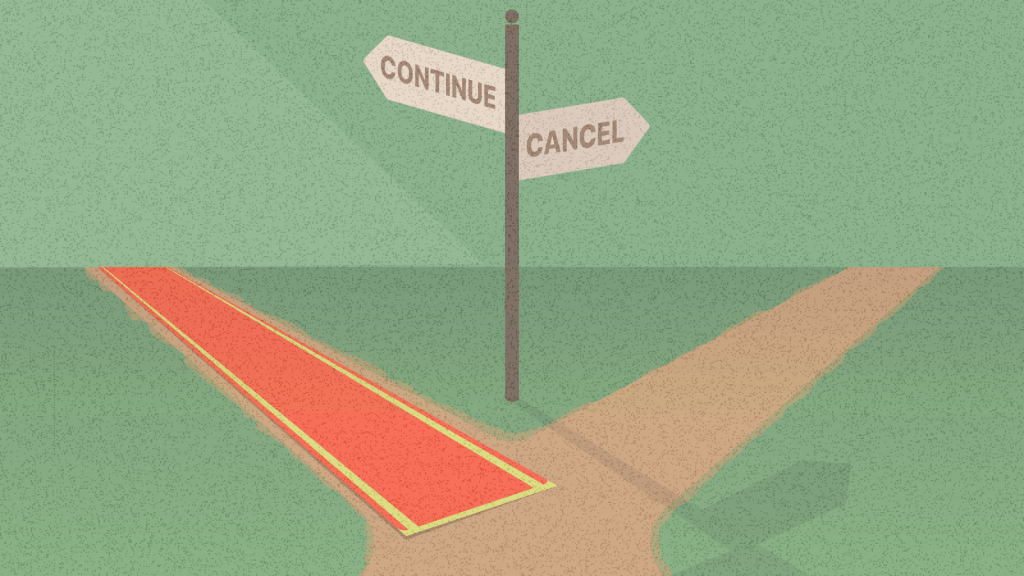
People can get really emotional sometimes. These emotions can lead your customers to making unwanted decisions – for example to cancel your service. But you can use this emotional tension to your advantage and persuade them to stay. Here are another three tips on how to do it.
In this article, you’ll discover:
- How to work with customers’ emotions in order to persuade them;
- What the worst feeling is that your customer can have when deciding about your service; and
- Why creating a feeling of safety is crucial for customer retention.
It wasn’t that long ago that the business world suddenly turned upside down. If you’re a small business owner, you probably felt threatened too. And if you’re a part of a retention team, the phone almost certainly never stopped ringing.
Why? Because people got scared that they would lose their jobs due to lockdown. And when it comes to financial decisions, they don’t go together with fear very well. It nudges people to make quick and often unreasoned decisions. So, in the hope of saving money, customers started to cancel services.
As you may have read in our earlier article looking at the first three retention tips, we are often irrational anyway, even when there is no crisis on the horizon. So without further ado let’s look at another three tips you can use to increase customer retention.
4. Give the customer time to rethink
The thing is, we are emotional beings. We all know firsthand that when we let anger flow, we can say a lot of things we’re not proud of later on. Our decisions are also often influenced by the heat of the moment, including ones like canceling a service. Luckily, there’s a phenomenon called the “cooling off period”.
All you need to do is to give customers some time before making their final decision. The goal is to slow the customers down and make them think.
This method has been applied by several countries in order to reduce divorce rates, as they assumed that many requests were made under the influence of strong emotions. According to a study by researcher Jungmin Lee, a 3-week cooling-off period reduced the divorce rate in South Korea by about 10%. That’s a lot of saved marriages!
It’s rather simple – all you need to do is to give customers some time before making their final decision. The goal is to slow the customers down and make them think. There’s a chance that they will “cool off”, meaning the emotion will fade and they will be more likely to continue using your service.
You can do this by offering a free month of service, postponing payments, temporarily deactivating the account instead of canceling it and many other options. But then you shouldn’t just wait and hope for the best. You should use that time to communicate the value your service provides to your customer.

Discover ground-breaking ideas and fascinating solutions.
If there’s one good example, it’s Asana, the project management software. Check out this article about how Asana uses the cooling-off period in their service-cancellation funnel.
You never know what your customer is going through at any given moment. Thankfully, strong emotions don’t last very long. Use that to your advantage.
5. Erase all the uncertainties your customer may feel
The worst feeling your customers may have is uncertainty and lack of control. Psychology tells us that people like certain outcomes in their lives. So when customers feel uncertain about something, they back off really quickly.
Your first step should be to map all of the possible fears and uncertainties your customers may experience linked to not canceling. When they call to cancel the service, those could be the reasons why they won’t accept your offer. So what you need to do is to address them.
A great example of this is Hyundai. During the 2008 financial crisis, people weren’t very keen on buying a new car, and the entire U.S. automobile market fell by 37%. Sales of Hyundai, however, went up by 14%.
How? By eliminating uncertainties. They knew their customers’ biggest fear was that they may lose their jobs due to the crisis. So they offered to take back any financed or leased car if the customer really lost their job. Suddenly, customers had nothing to fear. And the truth is, it turned out very few customers actually took up this offer.
What you therefore need to do is carefully analyze the fears and uncertainties that might drive your customers to cancel or that might discourage them from accepting your “stay with us” offer.
Are they afraid to commit for the whole year? Are they uncertain about the months ahead and see canceling as the safest bet?
You probably won’t find out from behind your desk. Roll up your sleeves and get out there. Talk to your call center agents about the questions they get from clients, organize focus groups, send out online surveys, check out which parts of the sales funnel you lose most prospects in … simply put, make it a part of the customer research.
What you need to do is carefully analyze the fears and uncertainties that might drive your customers to cancel or that might discourage them from accepting your "stay with us" offer.
6. Don’t fight your customers, show them you understand them
It’s never a good idea to argue with your customers. As mentioned above, there might be an emotion driving their decision, and it certainly won’t subside if you try to fight them. In fact, what happens in these cases is that customers feel threatened and the fight or flight mechanism activates. And that’s not a good scenario for a discussion.
Studies show that the need for safety is deeply rooted in every one of us and when we feel stressed we are not able to carefully consider all of the possible alternatives.
When customers tell you the reasons why they want to quit, what you need to do is to show them that you understand what they‘re going through, that their reason for canceling your service might be valid, or even that you’re going through something similar (if that’s true, of course).
This way, your customer will feel safer. That’s actually the first thing every therapist needs to do in their first meeting with a client – create a safe environment.
Studies show that the need for safety is deeply rooted in every one of us and when we feel stressed we are not able to carefully consider all of the possible alternatives.
Only when your customer feels safe and understood, will they be more willing to listen, and open up. This is essential if you want to change their decision. Plus, listening carefully will enable you to come up with a better-suited, personalised solution for their situation.
On the other hand, if a customer feels threatened or pressured to accept the offer right off the bat, their defense mechanism will be triggered and they might not be open for discussion.
Key takeaways:
- Time to rethink may help to change customers’ decision to leave. We often act upon emotions, but those don’t last forever. Once the customer calms down, they may decide differently
- Understand and eliminate all the possible uncertainties your customers may have. When we feel uncertain in any situation, we want to get out of there as fast as we can. The same goes for customers.
- Create a sense of safety. Show your customers you understand their situation and that their reasons are valid. They will feel safer, which is the most important feeling when you want them to change their decision.

